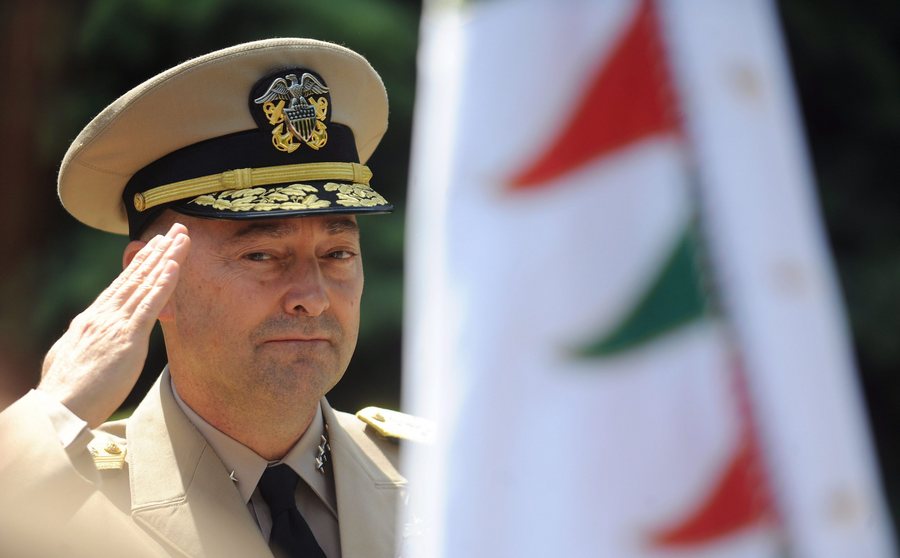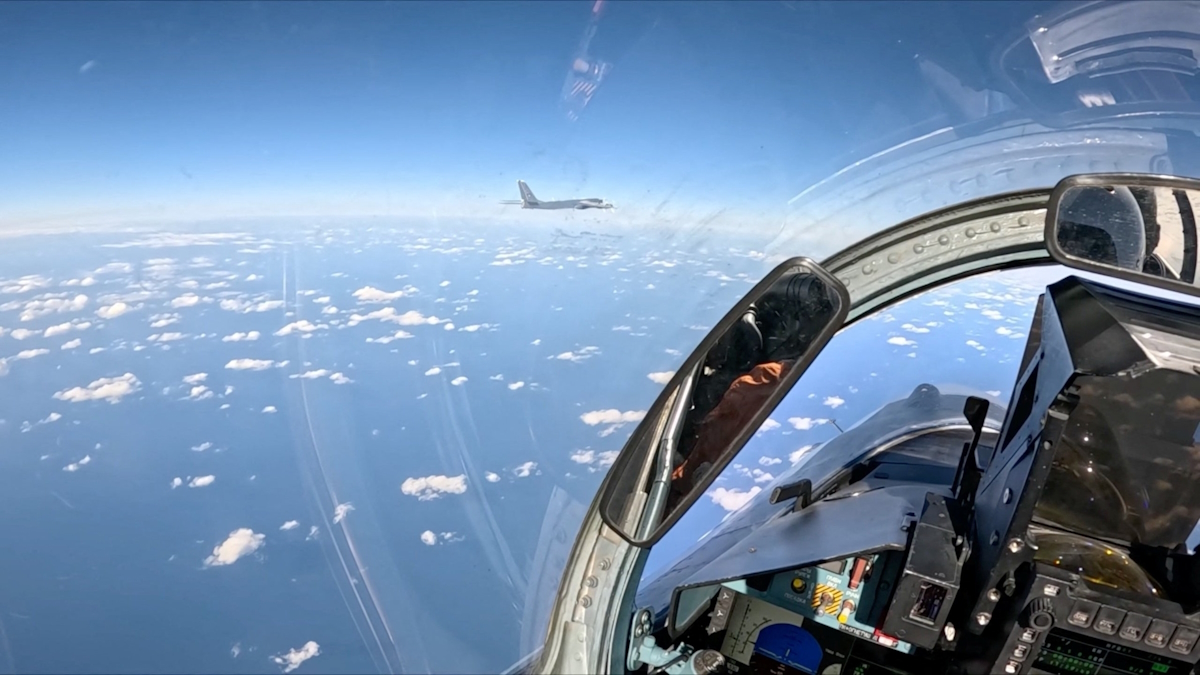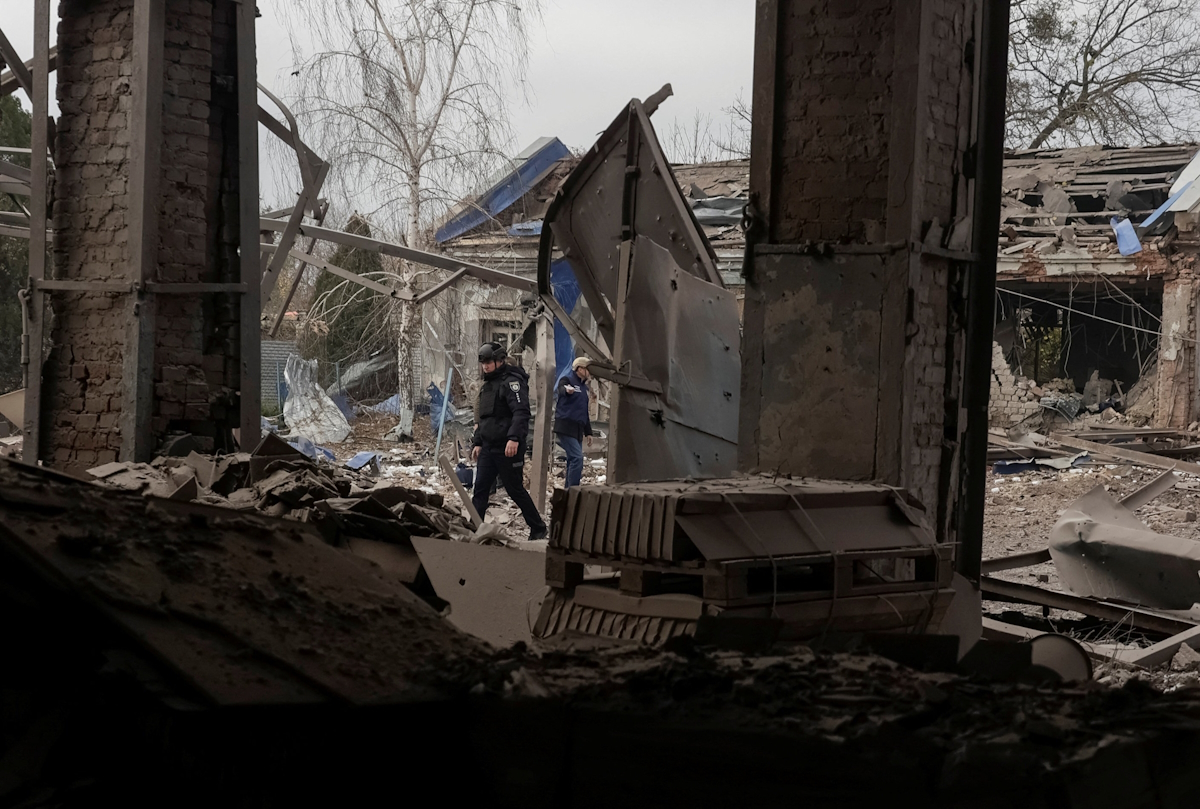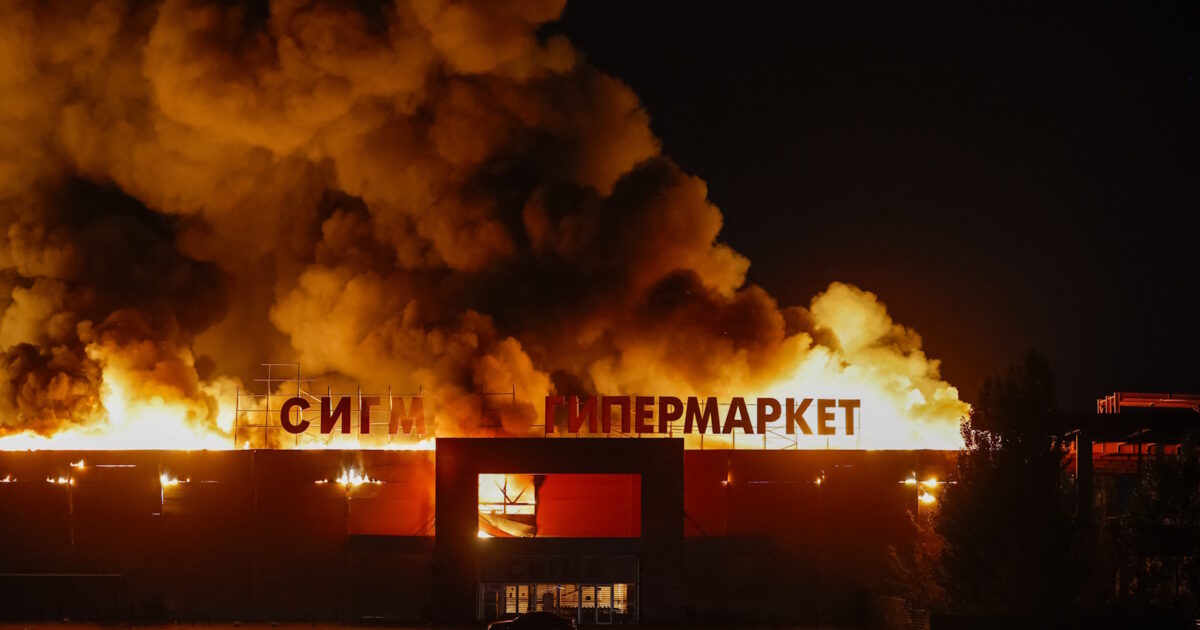Lessons learned from Kosovo must derive a peace agreement for her Ukraine reports a Bloomberg article by James Stavridis. The Greek-American former commander of the NATO forces and retired admiral points out, at the same time, the need to provide three basic guarantees in the plan to end the war that has been raging since 2022.
As he writes James Stavridis at Bloombergthe plan for the Ukraine it should be based on its counterpart of Kosovo and rely on security guarantees for sea, air, land and cyberspace.
As a first step, Kiev must have assurances that the Russian Black Sea fleet will not attempt to “strangle” its trade, especially exports of agricultural products and potash. Before the conflict, Ukraine was the “granary of Europe”and under any future peace settlement, its ability to export wheat and other products through Odessa and other ports will be crucial to its economy.


A permanent NATO naval presence would be essential, with two or three destroyers or frigates on standby, a corresponding number of minelayers and adequate air cover, including long-range naval patrol aircraft such as the US-built P-8 Poseidon.
This force could operate from NATO naval bases in Romania, Bulgaria and Turkey.
It would be similar to the NATO intervention 25 years ago to protect landlocked, isolated Kosovo:
He then established a naval force in the Adriatic, ensuring that Serbia could not obtain weapons by sea.


From sea to air
In the air, the most important defensive element would be to establish a no-fly (no-fly zone) over the rest of Ukraine, to be enforced by NATO fighters and the Ukrainian air force.
As more and more US F-16s find their way into Kiev’s hands via European allies, this could materialize immediately, with NATO and Ukrainian air forces working together. NATO air base in Ramstein, Germany would be the headquarters for the no-fly zone, which could be enforced by 40 to 50 NATO aircraft: Fighters on patrol and AWACS aircraft for command and control.
The attack would rely on long-range missiles such as Tomahawk1,500 miles of range. A missile arsenal, in the hands of Ukraine, would pose a significant threat to critical Russian economic infrastructure, particularly oil and gas systems. In Kosovo, NATO imposed a no-fly zone and used cruise missiles against targets in the Serbian capital, Belgrade, including the Ministry of Defence.


And from the air to the land
Onshore security guarantees will need more political management. Moscow will strongly oppose a NATO military mission in Ukraine, but the presence of at least 10,000 troops from NATO member states, operating under their national flags, a “alliance of the willing”may become necessary.
It will essentially be forces, which will come mainly from the NATO border countries: Poland, the Baltic countries, Finland and Sweden. They could operate under a single commander, possibly a Polish general, who would be subordinate to the European Union, and be deployed in five major divisions along the new Ukrainian-Russian border.
Accordingly, in Kosovo there was a NATO mission of approximately 17,000 troops, as well as a strong presence of the European Union. Today, NATO strength has been reduced to a few thousand men as peace has largely been maintained.
Another part of the security guarantees on the ground should be the permanent access of Kiev to land warfare systems from its Western backers, such as ammunition, artillery, tanks, mines and other essential means of land operations. This supply line already exists to a large extent and just needs to be institutionalized through negotiations. He could remain under the supervision of the head of the US European Command (EUCOM) based in Stuttgart, Germany.


And electronic warfare
Finally, Ukraine will need protection from Russian cyber attacks. Although the Ukrainians have developed significant defensive – and to some extent offensive – cyber warfare technology, the assistance of a US cyber defense force is necessary. She could work under US Cyber Commandbased in Fort Meade, Maryland. This group would also help ensure Ukraine’s space connectivity through Starlink systems and other tactical networks.
With such a package of sea, air, land and cyber security guarantees, Ukraine could realistically consider an agreement “land for peace». While the prospect of Putin maintaining permanent control of 20 percent of Ukraine is repulsive, developments on the ground seem to make that outcome inevitable, according to Bloomberg columnist, a Greek-American former NATO commander and retired admiral. James Stavridis.
The only realistic way forward is therefore the West to negotiate substantial guarantees that will ensure long-term prosperity and security for Ukraine. That means planning now, in detail, for its implementation and preparing a US-Russia summit that will have real meaning.
